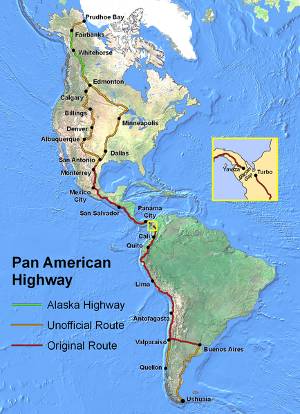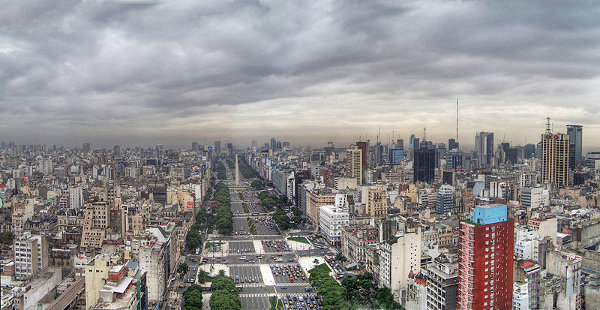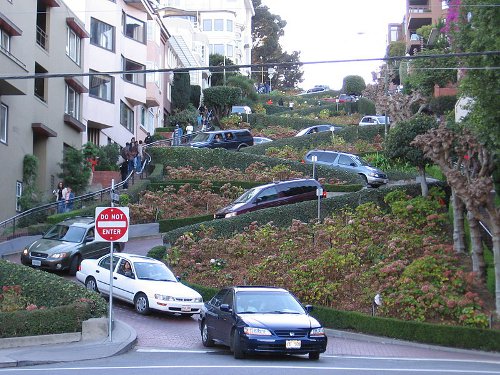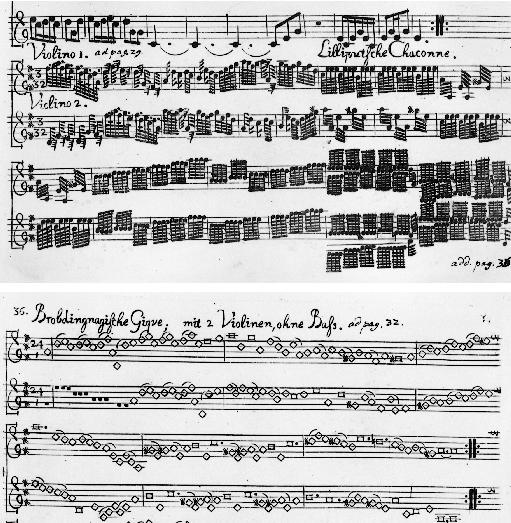
The world’s shortest street is Ebenezer Place, in Wick, Caithness, Scotland. It’s 6 feet 9 inches long, just enough to accommodate a single door at the end of Mackays Hotel.

The longest street, arguably, is the Pan-American Highway, which extends some 29,800 miles from Prudhoe Bay, Alaska, to Ushuaia, Argentina. It’s 23,310,222 times as long as Ebenezer Place.

The world’s narrowest street is the Spreuerhofstraße in Reutlingen, Baden-Württemberg, Germany, which varies between 19.7 inches and 12.2 inches in width.

Avenida 9 de Julio, in Buenos Aires, by contrast, is a full city block wide, with up to seven traffic lanes in each direction.

San Francisco’s Lombard Street may be the world’s most crooked, with eight hairpin turns in a single block.
There must be many contenders for the world’s straightest street; the straightest railway line cuts like an arrow across 297 miles of Australia’s Nullarbor Plain. Jerome Meyer calls this “undoubtedly the world’s most boring trip.”
(Images: Wikimedia Commons)














